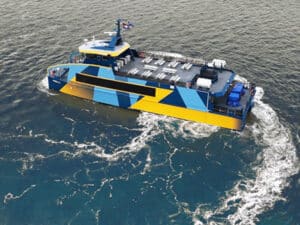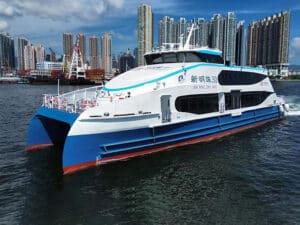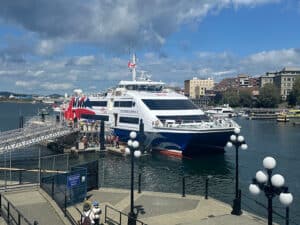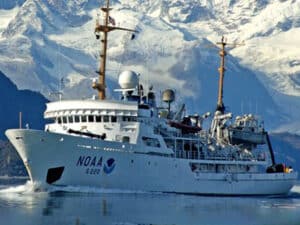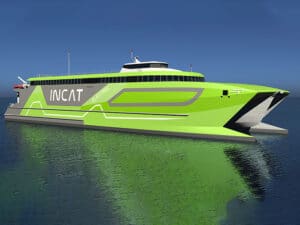
Op-Ed: Ferry success comes into focus via public-private partnerships
Written by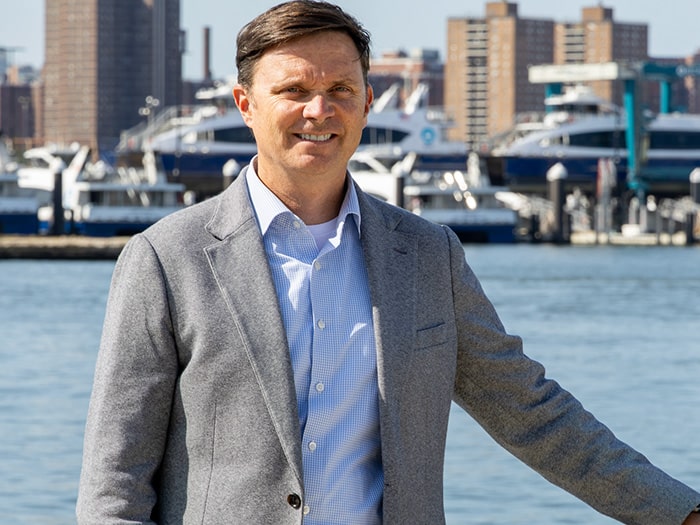
Timothy O’Brien, SVP of ferries and transportation, Hornblower Group.
By Timothy O’Brien, SVP of ferries and transportation, Hornblower Group
It’s easy to say that 2024 is the year of the ferry, but that would ignore the strong return and sustained growth of the nation’s most reliable, accessible, and adaptive ferry systems since the pandemic.
What do each of the most successful systems have in common? They operate via a collaborative public-private partnership between experienced transit agencies and an expert operator with highly-trained local crews.
At NYC Ferry, ridership once again set a new all-time record in 2024, surpassing 7 million passengers with weeks to spare before the New Year and breaking daily, weekly, and monthly records across multiple landings and routes.
The Puerto Rico Ferry system once again saw new records achieved, surpassing all of 2023’s 1.5 million riders well in advance of the end of the year.
In Boston, ferries carried more than 1.2 million passengers from January-October, exceeding 2023 totals for the same period by nearly 14% and with a post-pandemic high within sight.
But while these large operations are showing positive results, this success isn’t happening everywhere. Systems built on public-private partnerships continue to lead the industry, using a combination of ridership growth and sustainability and passenger-experience upgrades to ensure today’s investments drive tomorrow’s achievements.
That’s especially true in New York City where ridership continues to grow across the five boroughs and across a diversity of rider backgrounds—all following two fare increases since 2022 to ensure the system is financially sustainable so that leisure riders pay more than everyday commuters.
That success continues as Hornblower, during the first year of its new contract as operator, works with its city partners to roll-out new real-time passenger features like onboard WiFi, stop announcements, multilingual chat, and capacity estimations onboard and in the NYC Ferry app. Together, these tools developed by the Anchor Operating System reset customer expectations for both public transportation and ferries by integrating transit modes and bringing waterborne rider communications into the 21st century.
But ridership growth isn’t the only factor at play. Put simply, each ferry convert and every ferry trip is one more motor vehicle trip off already congested streets.
Sustained success fuels sustained investments in new technologies and practices to reduce ferries’ impact on the environment without negatively affecting the customer experience. In New York, that includes the recent launch of a renewable diesel pilot to begin testing the use of a petroleum-free alternative to traditional diesel fuel. NYC Ferry, which introduced the first EPA Tier IV engines to New York Harbor, will also launch a short-term plan to upgrade engines on its largest vessels to reduce emissions and other pollutants.
Importantly, these steps make the system even more environmentally friendly without impacting operations or rider experience, ensuring the same reliable, accessible, and efficient commute that riders depend on.
None of this is by chance. Each is part of a coordinated effort via public-private partnership to ensure each system is adaptive, forward-thinking, and passenger focused.
Ferries can be a vital component to the transit systems of water-adjacent cities and regions and the multi-modal commutes of millions of riders. Ferries can be an important arrow in the quiver to efficiently move people while responding to and preparing for the impacts of climate change. Ferries must be a key part of any solution that transit planners and operators think of when solving our most pressing transit challenges.
Those systems built on collaborative public-private partnerships are proving just that, year in and year out.

